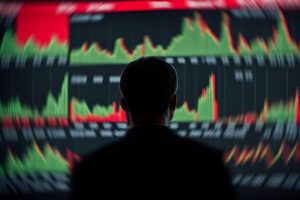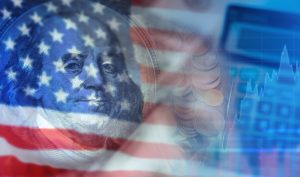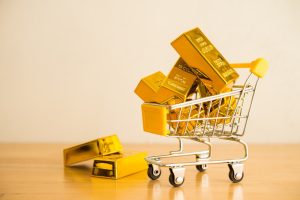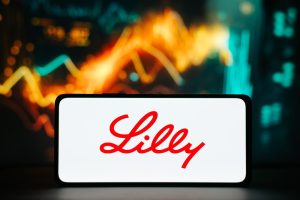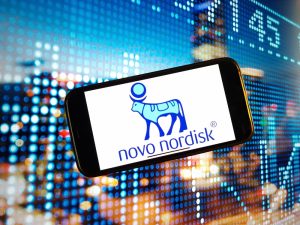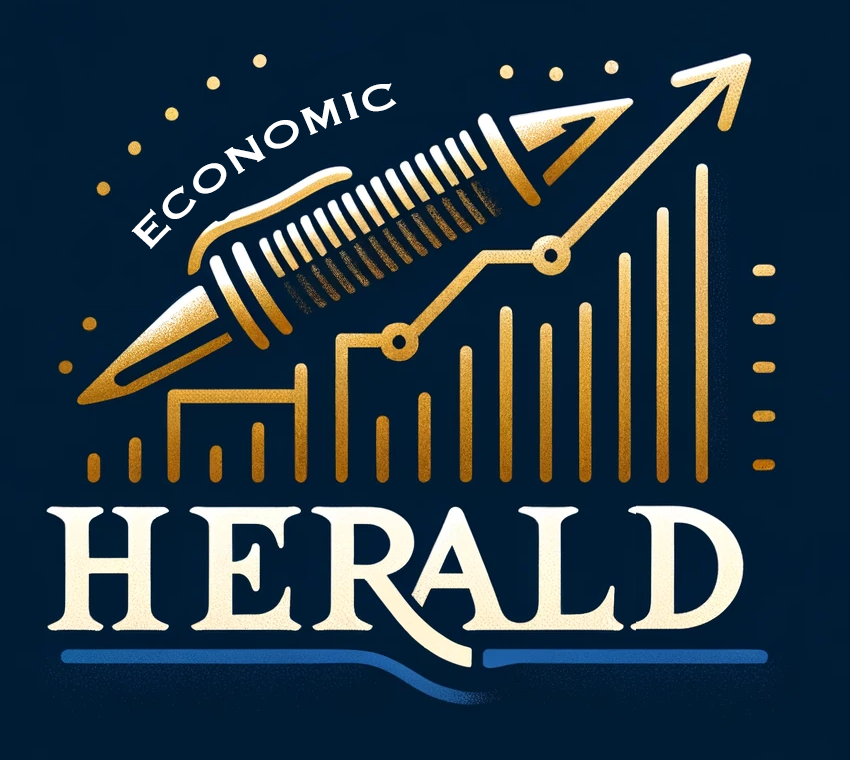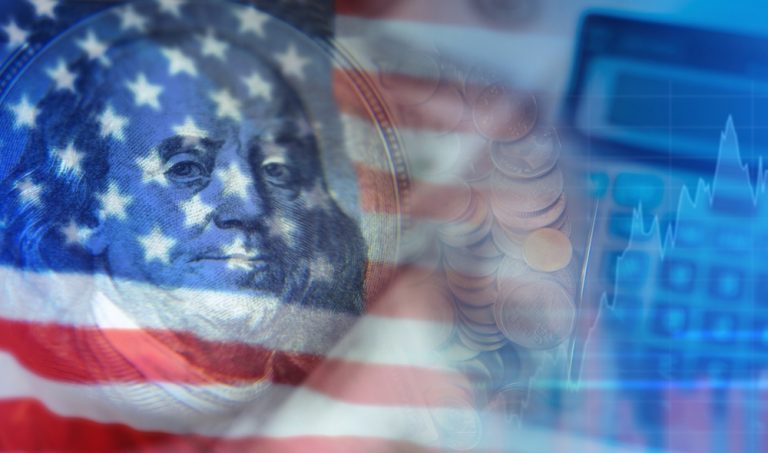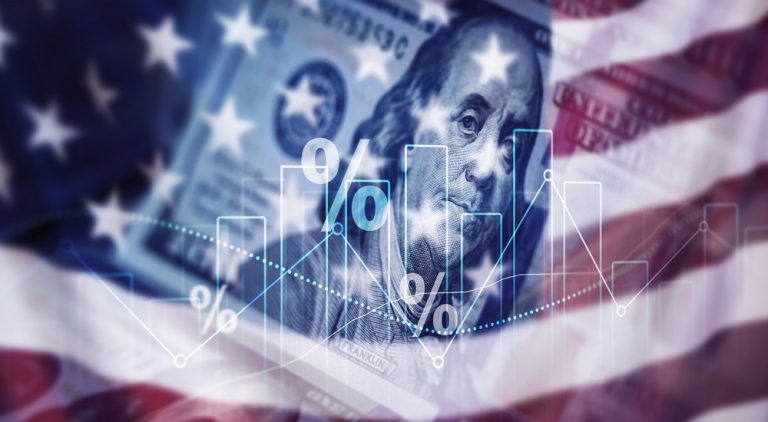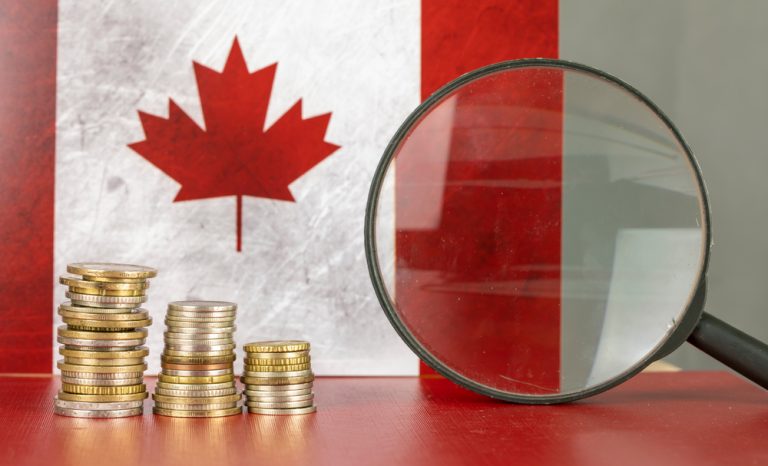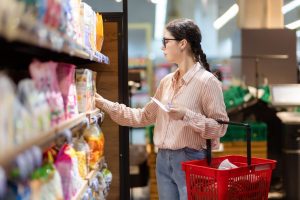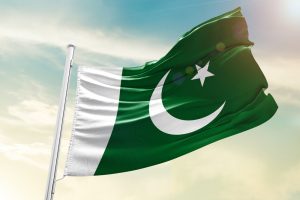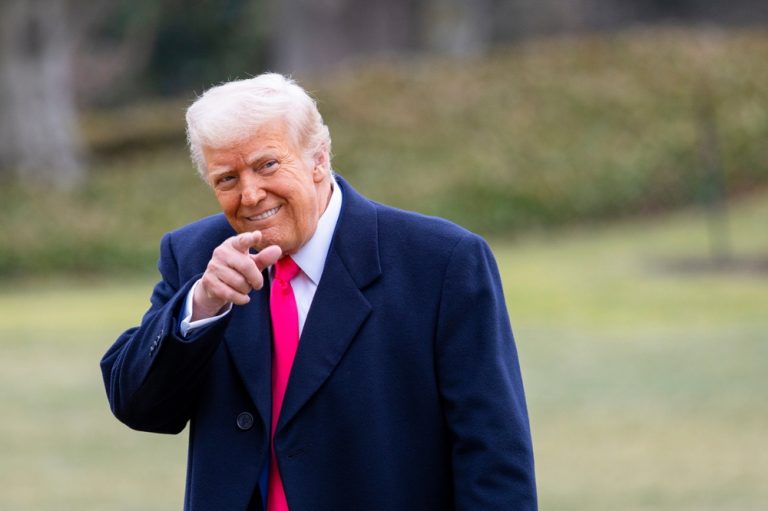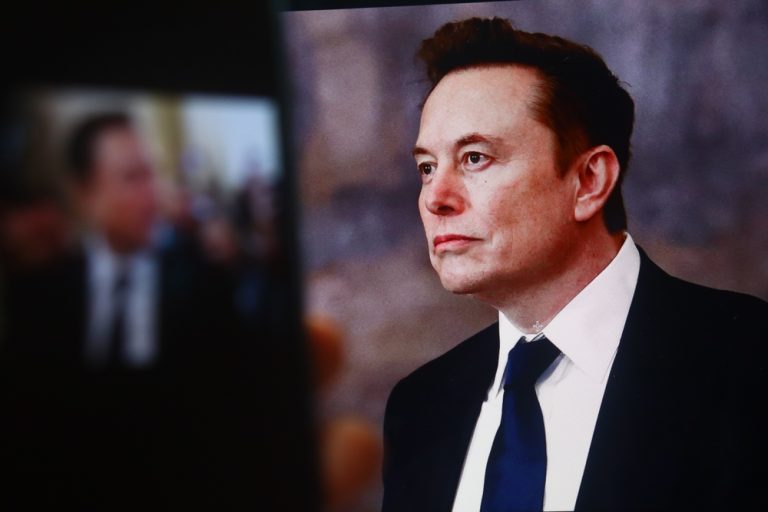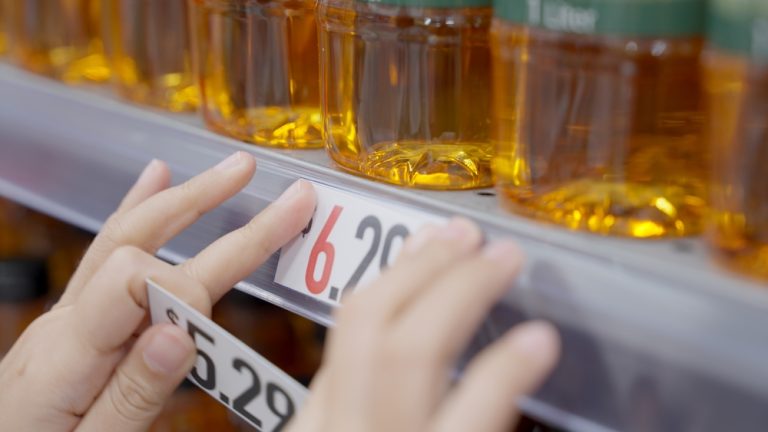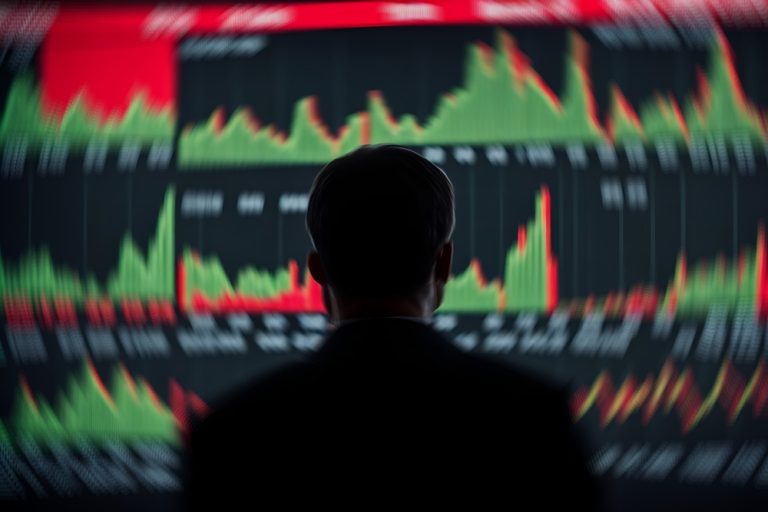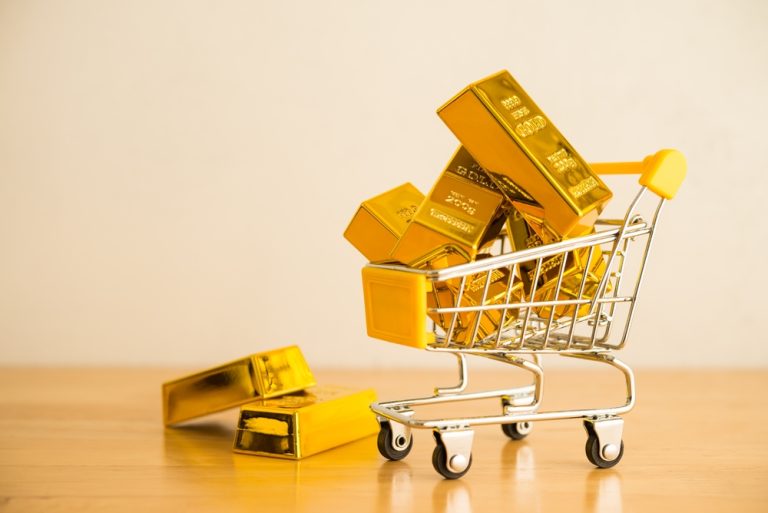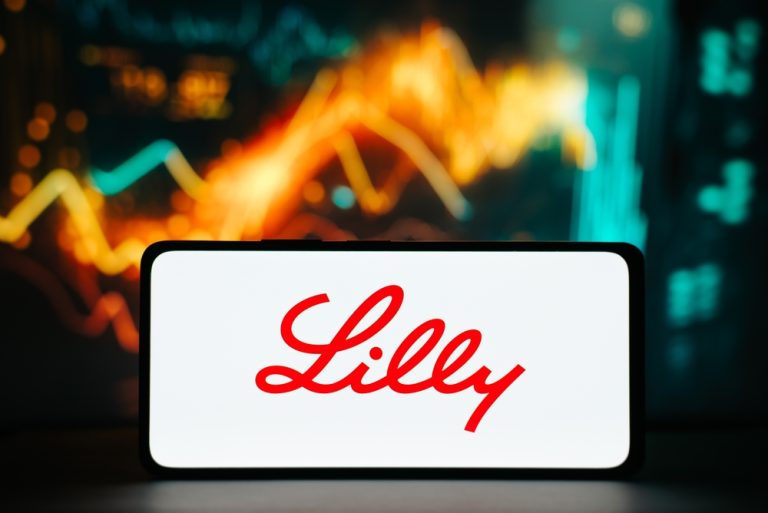The Rise of Buy Now, Pay Later Loans for Groceries
A growing number of Americans are increasingly turning to Buy Now, Pay Later (BNPL) loans to cover essential grocery expenses, according to new data from Lending Tree. A survey conducted in early April revealed that 25% of BNPL users were using the service to purchase groceries, a sharp increase from 14% in 2024 and 21% in 2023. This surge reflects the increasing pressure on consumers who are struggling to afford essentials amid persistent inflation, high interest rates, and economic uncertainty.
Consumers Struggling with Payments
The survey also uncovered a troubling trend: 41% of respondents reported making a late payment on a BNPL loan in the past year, up from 34% the previous year. Lending Tree’s chief consumer finance analyst, Matt Schulz, explained that many consumers are “struggling and looking for ways to extend their budget” as inflation continues to affect their purchasing power. Despite the ease of splitting purchases into smaller payments, the rising number of late payments highlights how financial strain is affecting Americans’ ability to keep up with even their most basic bills.
The Impact of Inflation and Interest Rates
Schulz noted that the continued rise in inflation, along with high interest rates and concerns surrounding tariffs, are contributing to the widespread use of BNPL services. “Inflation is still a problem. Interest rates are still really high. There’s a lot of uncertainty around tariffs and other economic issues,” he said. This volatile economic landscape has pushed many consumers to rely on BNPL loans as a way to stretch their budgets. However, the consequences of mismanaging these loans are significant, with many consumers facing late fees or accumulating multiple loans at once.
The Risks of Multiple BNPL Loans
According to Lending Tree’s survey, 60% of BNPL users reported having multiple loans at once, with nearly a quarter holding three or more simultaneously. While BNPL loans are often marketed as an interest-free solution, the risks of accumulating multiple loans or missing payments can lead to costly consequences. Schulz cautioned that while BNPL loans can be useful for managing short-term expenses, mismanaging them can lead to significant financial strain. “It’s just really important for people to be cautious when they use these things,” he advised. “Even though they can be a really good interest-free tool, there’s also a lot of risk in mismanaging it.”
BNPL Use in Pop Culture: A Sign of Economic Strain
The rise in BNPL loans has sparked wider conversations about the state of the economy. For example, a recent report revealed that 60% of general admission attendees at the Coachella music festival used BNPL services to fund their tickets. This has led to debates on social media about the lengths to which consumers are going to maintain lifestyles, even when struggling financially. In a related move, DoorDash recently announced it would begin accepting BNPL financing from Klarna for food deliveries, which sparked widespread mockery, with critics pointing out that Americans are now financing even fast food purchases.
The Broader Economic Context
While BNPL loans have become increasingly popular in recent years, they are also indicative of broader economic challenges. As inflation remains high and interest rates continue to climb, many consumers are finding it difficult to keep up with their financial obligations. Earlier this year, major companies like Walmart and Delta Airlines warned that they were beginning to see a slowdown in demand, reflecting the shift in consumer behavior as the economy shows signs of strain. With consumer confidence faltering, it is clear that more Americans are turning to debt to keep their finances afloat.
Outlook: Will Things Get Better or Worse?
Looking ahead, Schulz believes that the economic conditions are unlikely to improve in the short term. “I do think it’s going to get worse, at least in the short term,” he said. With the economy showing no signs of significant recovery and inflation continuing to impact essential goods, it seems that many Americans will rely more heavily on BNPL loans to get by. However, this short-term solution may bring long-term financial risks, as consumers become more deeply reliant on debt to cover everyday expenses.



